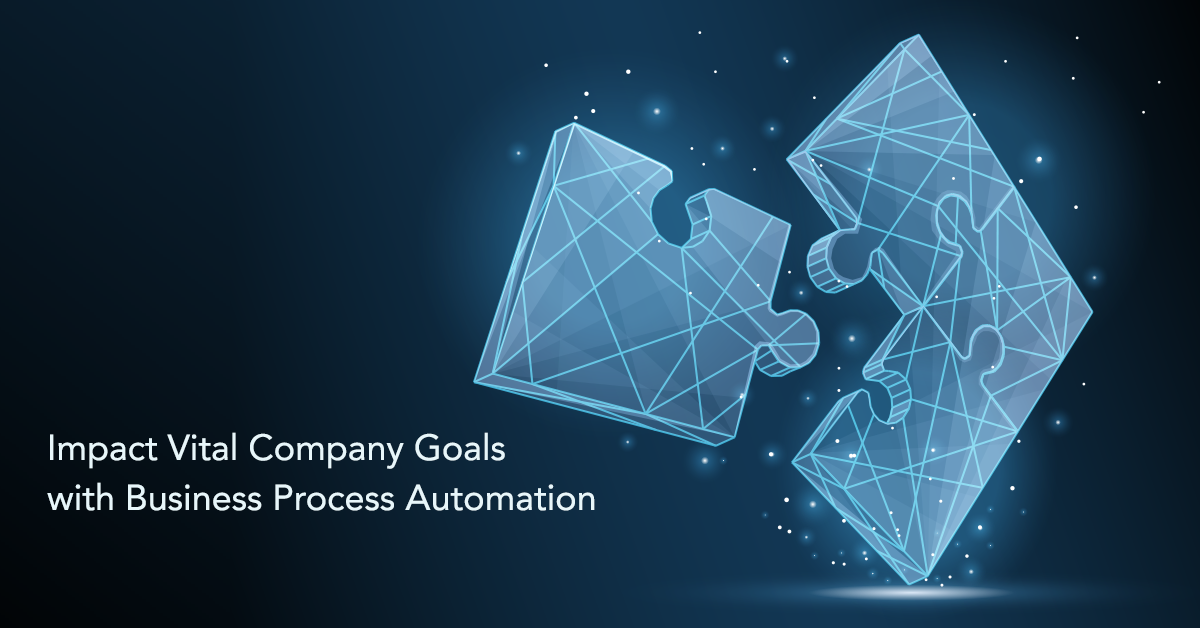Thirty years ago, the head engineer of a Fortune 500 company called to request our help with a recent disaster. “We just manufactured a $250,000 paper machine from the wrong version of a drawing, and it ended up as scrap”, he explained. “We can’t continue working without some kind of document control. Can you help us?” We were a startup at the time, and that one call landed us the client who commissioned our first-gen document management solution.
In 2021, the story of the paper machine fiasco still resonates strongly with people who are struggling with document management challenges. Even now, it often takes a catastrophic event – an outage that could have been avoided, a botched high-profile customer project, a security breach, compliance incident, or legal situation--before someone wakes up and realizes that document management is no longer optional—it’s essential. And it’s the same if you’re working in manufacturing, energy, chemicals, food, pharmaceuticals or any other industry. Or, if you’re a $100M or multi-billion dollar company.
In this post, we’ll share nine of the toughest document management challenges facing businesses today and why they’re keeping your organization from achieving its best and brightest goals.
Challenge 1: No unified view of enterprise content
Without a common document management platform no one has any visibility into the status of a document or who’s working on it. Users can’t find document files across departments, sites, and servers. And no one is confident they have the latest version. It’s a maddening outcome: When you can’t find your work, you have to start from scratch or risk working from an outdated version (and this happens more often than you’d think).
Challenge 2: Wasted time searching for files
The scary truth is most companies’ documents are buried in complex folder structures on a network share. It’s also likely that each department, discipline or site has its own way of organizing folders and projects. And within all these folders, there are rampant duplicates. And because there is no check in, check out process people are unaware they’re overwriting each other’s work
So, what happens if you can’t find something? You waste valuable time recreating it. Just think about all the missed opportunities for re-purposing content because no one knew it existed, or they couldn’t find it!
The studies don’t lie: “The knowledge worker spends about 2.5 hours per day, or roughly
30% of the workday searching for information,” says IDC.
Challenge 3: Zero version control
When everyone manually renames their files for each new version, mistakes are inevitable. With no standard naming conventions, people in every department can make up their own. Add to the confusion rampant duplicate versions across network shares, personal hard drives, and Inboxes. The lack of version control can wreak havoc on project efficiencies and cause expensive mistakes that impact safety, reliability and revenue.
Challenge 4: No audit trail of who did what, when
With dozens or thousands of users accessing documents to view, mark up, edit, print, and route through workflows, it’s critical to keep track of who did what, when. Without an automated audit trail, you have no way to secure your intellectual property; support a litigation case; or pass a compliance audit.
Challenge 5: Document workflows are manual and inefficient
With manual workflows, there’s no easy way to track the status of a document or assess how long a document’s been inactive, waiting on someone to complete the next step. Manual workflows don’t include any time-based alerts to help you identify bottlenecks in your process or email notifications that a document has been released. And there’s no easy way to know if a project is running on schedule or falling behind.
Challenge 6: Collaboration across teams is challenging
With a workforce spread across time zones, departments, home offices, and in the field, clear communication and agile decision-making amongst disparate teams is necessary at every stage in the trajectory of a project. Without a digital platform that enables easy, effective collaboration, productivity and business results are strained.
Challenge 7: Document transmittals are manual
The process of creating, sending, and tracking document transmittals is flawed, time-consuming and costly. Manual transmittals require a dedicated person(s) to spent huge blocks of time gathering the correct documentation, checking for the right versions of the documents and all the correct file inter-relationships. Delivering the transmittal to the right people is labor intensive with no exact record of what documents were sent, and to whom. If your business depends on sending out frequent transmittals, you may be wasting tens or hundreds of thousands of dollars with inefficient processes.
Challenge 8: Poor visibility to data for decision making
Without trustworthy data that is up-to-date and accurate, and easy to access, your decision making at every step is compromised, and your business suffers.
Challenge 9: Documents and intellectual property are at risk
Protecting your intellectual property is more critical than ever in today’s cybercrime-infested world. According to the Annual Cybercrime Report, Cybercrime will cost the world $6T in 2021, and one in five US companies say they have had intellectual property stolen. So whether you’re securing your assets from phishing or ransomware or from the possible theft by a competitor, it’s crucial to make sure your documents are protected and that you have granular control over document permissions.
LIVE WEBINAR:
If you’ve experienced one, some, or all of these problems and you’re ready to find a solution for 2021, join us for our January 20 webinar “Get Control of Your Capital Projects and As-Builts in
2 Weeks or Less.” The start time is 2:00 PM EST / 11:00 AM PST.
Register here.
This webinar will give you a thorough overview of Synergis Adept document management and includes a sneak peek of our “EasyStart” program, an affordable and fast way to get you up and running with document management in just two weeks.






